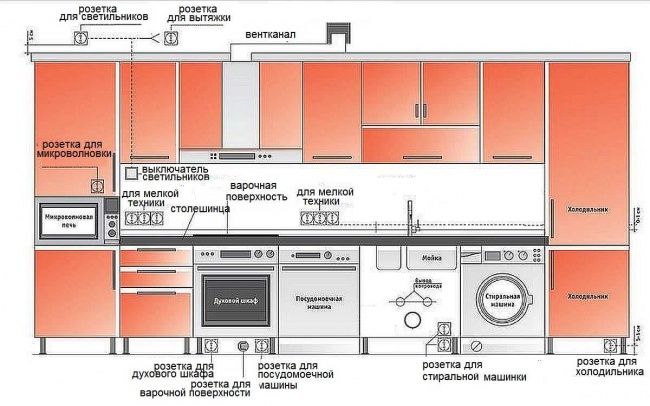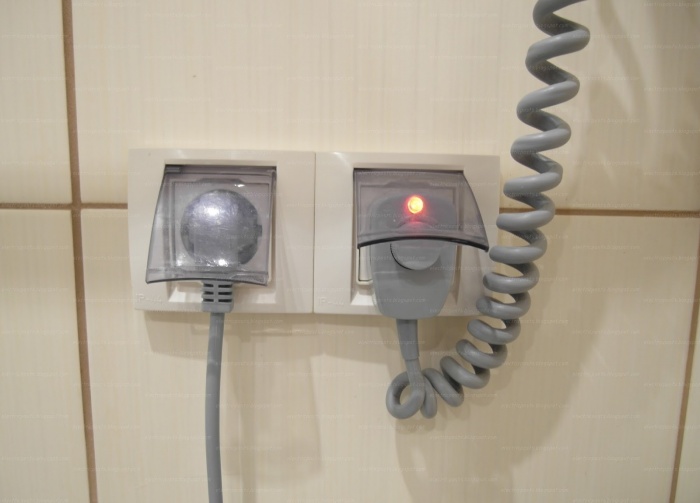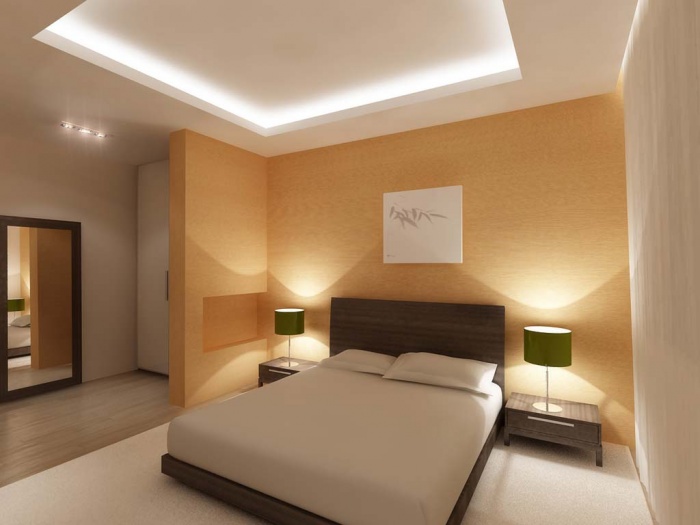Sections of the site
Editor's Choice:
- How to unlock ariston washing machine
- Pros and cons of LED lighting
- Pulse relay: device and connection
- How to calculate the illumination of a room with LED lamps?
- Plastic box - do-it-yourself aesthetic view of electrical wiring
- Electricity consumption of a warm floor: electric and film
- Installing a pump in a well: how to properly install pumping equipment
- Electrician Toolkit Overview
- How to choose a water heater: the most complete list of evaluation criteria
- 1 acoustics on the example of Sven SPS-860 and Realtek ALC889 codec
Advertising
| Switch height from the floor |
|
During the repair and replacement of electrical wiring, the question arises: what should be the height of the sockets from the floor? How high should the switches be? Are there any rules governing this? Are there rulesIn modern apartments, you can most often see one of two options:
There are no uniform standards for the placement of this electrical equipment in apartments. There are recommendations of SNiP and PUE (Electrical Installation Rules), but these are only recommendations, not strict requirements. The location of electrical outlets and switches is regulated in places where their incorrect installation can be dangerous, for example, in the bathroom, shower room or in the kitchen near the gas pipeline.
It is only important that the height of sockets and switches be such that there is no danger of damage to them and water ingress into them. Therefore, where to install them, in most cases, is up to you. "Eurostandard"This name refers to the location of electrical equipment in new houses with European-style renovation. Typically, the switch is located at a height of 90 cm from the floor, sockets - at a height of about a meter and additional ones at a distance of 30 cm from the floor. This is not regulated by any norms, it’s just that this option is considered by many to be more convenient than the Soviet one, which was adopted in older buildings. The low-mounted on/off switch is easy to use, even for children, while outlets close to the floor allow you to hide wires and conveniently position equipment with short power cords.
There is also an American standard, according to which
The PUE regulates the installation of electrical outlets in bathrooms and showers, as well as their placement relative to the gas pipeline.
Requirements of GOST and SP (Codes of Rules)The distance from the outlet to the shower door, according to GOST, must also be at least 0.6 m. It is necessary to install sockets in apartments and houses in compliance with the following rules:
There are a lot of household appliances in the kitchen, so there should be enough outlets so that you don’t have to turn on appliances, especially powerful ones, through an extension cord. Traditionally, they are placed at three levels: 10-15 cm, 110-120 cm and 200-250 cm from the floor. For appliances that are located on a table or other work surfaces, that is, for a microwave, toaster, multicooker and similar small-sized appliances, sockets are placed at a height of 20 cm from the work surface or 110-120 cm from the floor level. This level is due to the dimensions of kitchen sets, the countertops of which usually have a height of 0.9 m. It is advisable to install electrical outlets near the sink with protective covers. They are made at a distance of about 80 cm from the sink.
For washing machines, dishwashers and refrigerators - 10-20 cm from the floor. Sockets for kitchen hoods and lamps built into furniture are located 2-2.5 m from the floor, while at least 20 cm from the center of the hood. Electrical sockets located at this level are not visible from the floor, they are hidden behind cabinets, and to get to them, it is enough to stand on a chair. This is convenient because they are not used very often. Sockets for built-in appliances are usually placed at a height of 0.3-0.6 m from the floor; you do not need to install them directly behind the appliances so that they have free access. Usually, the back walls of cabinets and cabinets are cut out for this, but in modern furniture there is a plinth about 12 cm high. It is convenient to place sockets in it, it is about 10 cm from the floor. In the kitchen, it is necessary to place electrical outlets for appliances in such a way that overload does not occur. If a washing machine and a dishwasher are installed, they can be connected to the same RCD, but it is undesirable to turn them on at the same time. The refrigerator needs a separate line with grounding, you should not connect it through an extension cord. An approximate layout of outlets in the kitchen is shown in the figure. If space permits, provide additional ones in the corners, above the dining table, and if there is a TV in the kitchen, then where it will stand.
BathroomHumidity in the bathroom is always high, so electrical equipment with enhanced moisture protection is used here - at least IP44, electrical outlets must have a splash-proof cover. Switches are usually installed not inside, but outside the bathroom. According to the Rules for the installation of electrical equipment, sockets must be at least 60 cm from the shower door, the same distance is observed from the sink. Any convenient height from the floor is chosen, but in the bathroom it is impossible to put electrical sockets at a height of less than 15 cm from the floor so that water does not get into them during a possible leak.
BedroomIn the bedroom, it is convenient to put general lighting switches on both sides of the double bed at a height of 0.7 m, so that you can use it without getting up. Also, sockets are placed nearby, in which you can turn on the lamps or nightlights standing on the bedside tables, or put the phone on charge. Another one will come in handy at a height of 0.15-0.2 m above the dressing table for connecting a hair dryer, curling iron. If the bedroom also performs other functions, more outlets will be needed.
Other roomsIf there is a work, desk or computer desk in the room, then there should be enough outlets to accommodate all the necessary equipment and a table lamp. They are installed at a height of 0.15-0.2 m above the table top and 30 cm above the floor. For a computer, TV, printer and similar stationary equipment, it is better to place sockets behind it. This must be taken into account when you develop a plan for the placement of this electrical equipment. In a long corridor, it is advisable to put switches at both ends of it. When installing a switch near a door, consider which way it opens.
Sockets and switches in various roomsIn premises for various purposes, there are recommendations for the installation of electric equipment.
NewHow to restore the menstrual cycle after childbirth:
|















